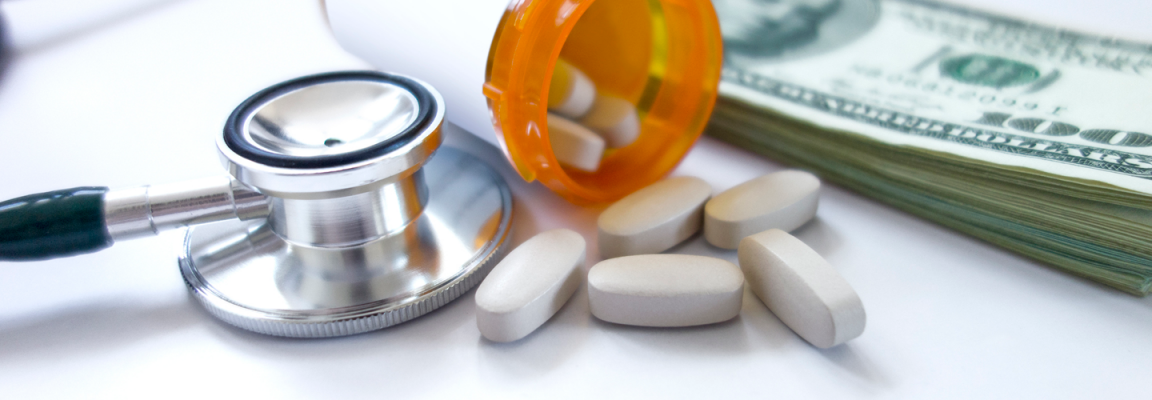
BIOtech Now
Dan Durham

In a story entitled, “CMS Blames Medicare Part B Hikes on Drug Costs,” writers for Politico Pulse note:
“The agency [Centers for Medicare & Medicaid Services] on Friday announced a $9 monthly premium increase and $13 annual deductible hike, but argued that the White House is working to bring down cost drivers for seniors.
“The increase in the Part B premiums and deductible is largely due to rising spending on physician-administered drugs,” CMS said in its announcement.
There’s just one problem for CMS: Its own data do NOT support the claim.
Later this week, CMS will be publishing details on the Medicare Part B monthly actuarial rates. These rates reflect projected spending within the program and are used to determine the costs seniors pay for Part B services (i.e. premiums and deductibles). According to CMS’s own data (page 20, table 3):
Physician-administered drugs are estimated to account for just 5.9% of the monthly rate for all Part B services in 2020. That’s little changed from the 5.7% in 2019.
Less than 10% of the estimated increased in covered services for Medicare Part B next year is from physician-administered drugs. Meanwhile, an estimated 26% of the increase is from outpatient hospital services and 56% is from managed care.
How can CMS claim “the increase in the Part B premiums and deductible is largely due to rising spending on physician-administered drugs” when it’s not supported in the data CMS relies on to determine them?
Unfortunately for the Trump administration, this isn’t the only time their rhetoric fails to match up with the facts. The prices for these physician-administered drugs are also not to blame for increases in seniors’ premiums and deductibles. And once again, we can rely on CMS’s own data to prove it. According to drug pricing information released by CMS:
“The October 2019 ASP payment limits have been updated. Comparing the fourth quarter 2019 payment amounts with the prior quarter reveals that, on average, payment amounts for the top 50 Part B drugs decreased by 0.4 percent.
“For most of the higher volume drugs (36 out of the top 50), the prices changed 2 percent or less. Overall, the prices for 28 of the top 50 drugs decreased, while three remained the same. In general, among the top drugs with a decrease, there are a number of competitive market factors at work – multiple manufacturers, alternative therapies or market shifts to lower priced products.” [emphasis added]
So instead of taking credit for controlling the growth of drug spending in Medicare Part B, the administration is spinning a false narrative about rising drug costs. Perhaps this is supposed to help make the case for imposing foreign price controls on certain physician-administered medicines America’s seniors rely on. This misguided proposal will restrict access to innovative medicines and stifle the development of new cures and treatments.
It would be better if we simply stuck to the facts and offered real solutions that truly benefit America’s patients.
Powered by WPeMatico

